SIRCuit Archive
Home / SIRCuit Archive SIRCuit Archive Share page
Leadership In Small Sport Organizations
Leaders of sport organizations face all the complex challenges of leading in small organizations – limited resources, small teams doing multiple roles, expectations to perform as an organization plus the added complexity of unpredictable funding resources and expectations around athlete performance. While the choices and decisions are the same as larger organizations, the levers and…
How to keep your sport organization from getting into hot water – Contractual pitfalls and employee terminations

The two biggest problems which most sport organizations encounter with their employees relate to: (i) not understanding what entitlements terminated employees have; and (ii) not having proper employment contracts or termination letters in place. While it’s not possible to address these issues in depth in an article such as this, potential employer liability can be…
Communicating creatively through infographics
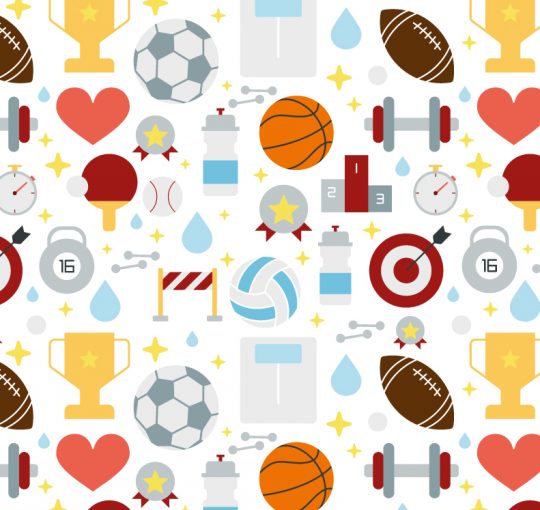
When you have a message to share, the first question that comes to mind is ‘How do I present this to make it memorable?’ According to social science research 65% of people are visual learners and visual information is processed 60,000 times faster than text. This means that most people will be more attracted and…
Preventing infection and maintaining immune function using nutritional strategies
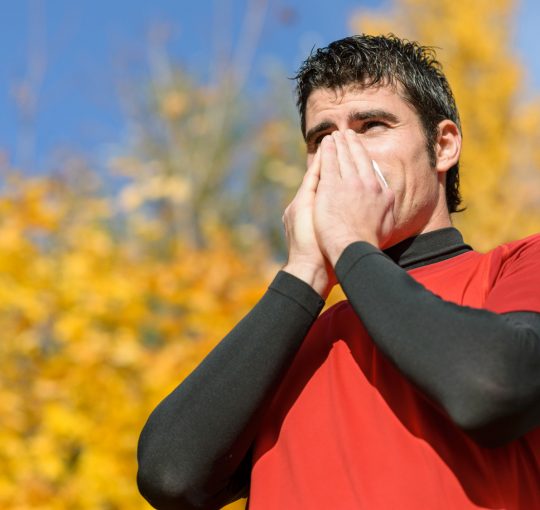
It is well documented that moderate exercise prevents many infections and greatly improves immune system function. In contrast, among elite athletes who train at a faster pace and at a higher intensity, the risk of illness increases significantly and the effectiveness of the immune system to fight infections is reduced. Other factors, including exposure to…
Polarized Training: How do elite endurance athletes actually train?
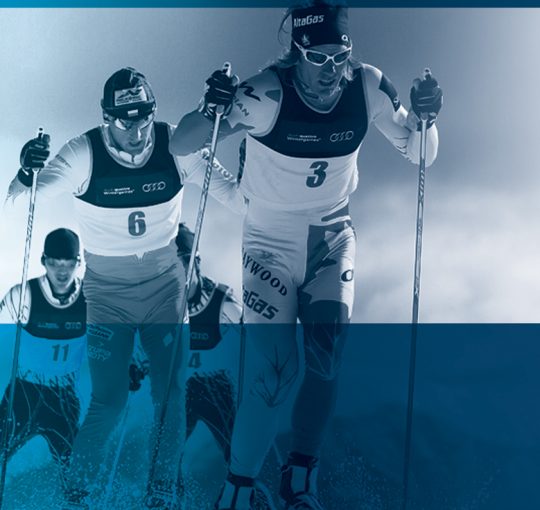
Training intensity and how to distribute it within the training plan is a highly debated topic in the endurance community. The success of the Dutch Olympic speed skating team at the Sochi Winter Games and a study on how they train and distribute training intensities has shed a light on how elite endurance athletes actually…
Underserviced Youth: Sports Participation Barriers and Best Practices
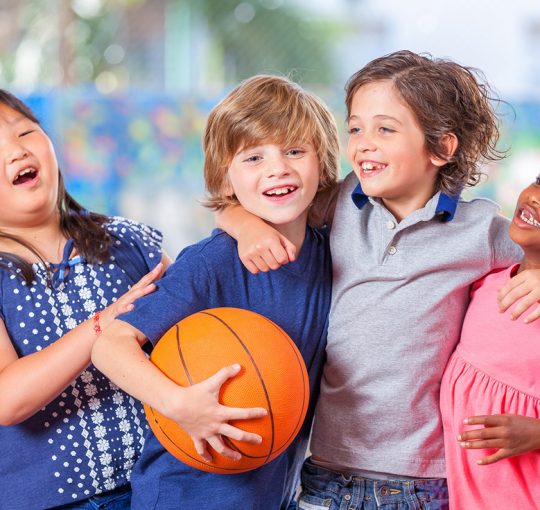
According to Statistics Canada, children who live in unsafe neighborhoods, children of new immigrants and children coming from low-income families are less likely to participate in sports. For children, joining a sports team is an opportunity to learn, create new friendships, and develop fundamental skills. Being part of a sport team not only keeps kids…
Board Governance – Succession Planning: Volleyball Canada
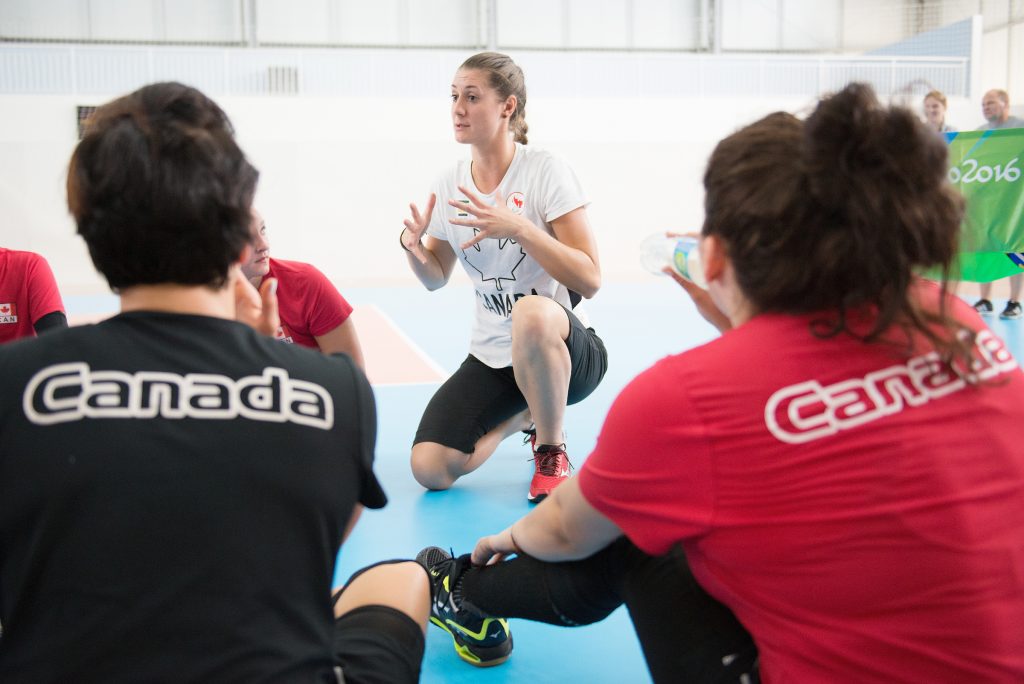
Recognizing the importance of engaging highly qualified leaders on the Board of Directors, Volleyball Canada recently completed a succession planning process. Mark Eckert, President and CEO recognizes that, “With only 7 people on our board, it’s critical that we continue to attract exceptional directors to govern our organization.” After reviewing a number of on-line resources,…
Policy and program considerations for increasing sport participation among members of underrepresented groups in Canada
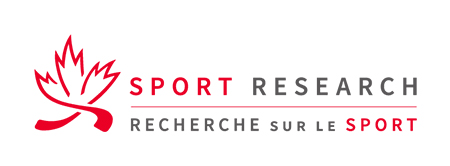
Sport should be available and responsive to the needs of all Canadians who want to participate. However, members of a number of groups do not participate at the same rates as their mainstream counterparts. Some women and girls, Indigenous peoples, persons with a disability, recent immigrants, new Canadians, socio-economically disadvantaged Canadians, older adults, members of…
From Insight to Impact

A presentation about how Sport England uses research and insight to drive strategy development and delivery through the example of the ground breaking campaign This Girl Can. Sport England’s This Girl Can campaign successfully balanced rigorous research and bold creative interpretation to create an exciting campaign that genuinely resonates with the target audience. This presentation…